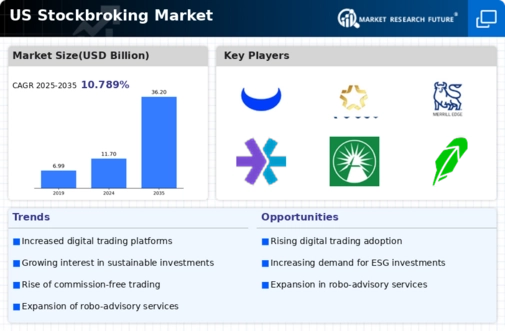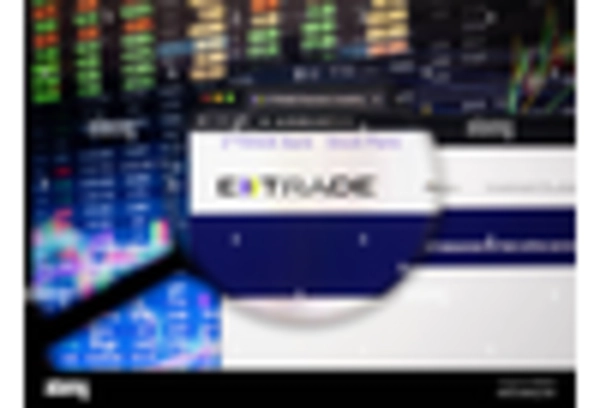Impact of Economic Indicators
Economic indicators significantly influence the stockbroking market, as they provide insights into the overall health of the economy. Key metrics such as unemployment rates, inflation, and GDP growth are closely monitored by investors and stockbrokers alike. As of November 2025, the U.S. economy shows signs of steady growth, with GDP increasing by approximately 3% annually. This positive economic outlook tends to boost investor confidence, leading to increased trading activity in the stockbroking market. Conversely, adverse economic conditions can lead to market volatility, prompting stockbrokers to adjust their strategies accordingly. Understanding these economic indicators is crucial for firms operating in the stockbroking market, as they navigate the complexities of market dynamics and investor sentiment.
Regulatory Changes and Compliance
Regulatory changes play a pivotal role in shaping the stockbroking market. In recent years, the U.S. Securities and Exchange Commission (SEC) has implemented various reforms aimed at increasing transparency and protecting investors. As of November 2025, compliance with these regulations is essential for stockbrokers to maintain their licenses and operate effectively. The introduction of stricter rules regarding reporting and disclosure has led to increased operational costs for firms, which may impact their profitability. However, these regulations also enhance investor confidence, potentially leading to increased participation in the stockbroking market. Firms that adapt swiftly to these changes may gain a competitive edge, positioning themselves favorably in a landscape that is increasingly focused on ethical practices and investor protection.
Growing Interest in Retail Investing
The stockbroking market is witnessing a notable increase in retail investing, driven by a combination of factors including financial literacy initiatives and the accessibility of trading platforms. As of November 2025, retail investors account for nearly 40% of total trading volume in the stockbroking market, a significant rise from previous years. This trend is further fueled by the proliferation of online resources and educational content that empower individuals to make informed investment decisions. The democratization of investing is likely to continue, as more people seek to build wealth through stock ownership. Consequently, stockbroking firms are adapting their services to cater to this growing demographic, offering tailored products and support to enhance the retail investing experience.
Emergence of Alternative Investment Options
The stockbroking market is increasingly influenced by the emergence of alternative investment options, which are gaining traction among investors seeking diversification. Assets such as cryptocurrencies, real estate investment trusts (REITs), and commodities are becoming more mainstream, prompting traditional stockbrokers to expand their offerings. As of November 2025, approximately 25% of investors express interest in incorporating alternative assets into their portfolios. This shift may challenge conventional stockbroking practices, as firms must adapt to meet the evolving preferences of their clients. By integrating alternative investment options, stockbroking firms can potentially attract a wider client base and enhance their competitive positioning in the market.
Technological Advancements in Trading Platforms
The stockbroking market is currently experiencing a surge in technological advancements, particularly in trading platforms. Innovations such as algorithmic trading, mobile trading applications, and artificial intelligence are transforming how investors engage with the market. As of November 2025, approximately 70% of trades in the stockbroking market are executed electronically, reflecting a shift towards more efficient and faster trading methods. These advancements not only enhance user experience but also provide investors with real-time data and analytics, which are crucial for informed decision-making. The integration of these technologies is likely to attract a broader demographic of investors, including younger generations who are more tech-savvy. Consequently, the stockbroking market is poised for growth as these platforms continue to evolve and cater to the needs of diverse investors.

















Leave a Comment